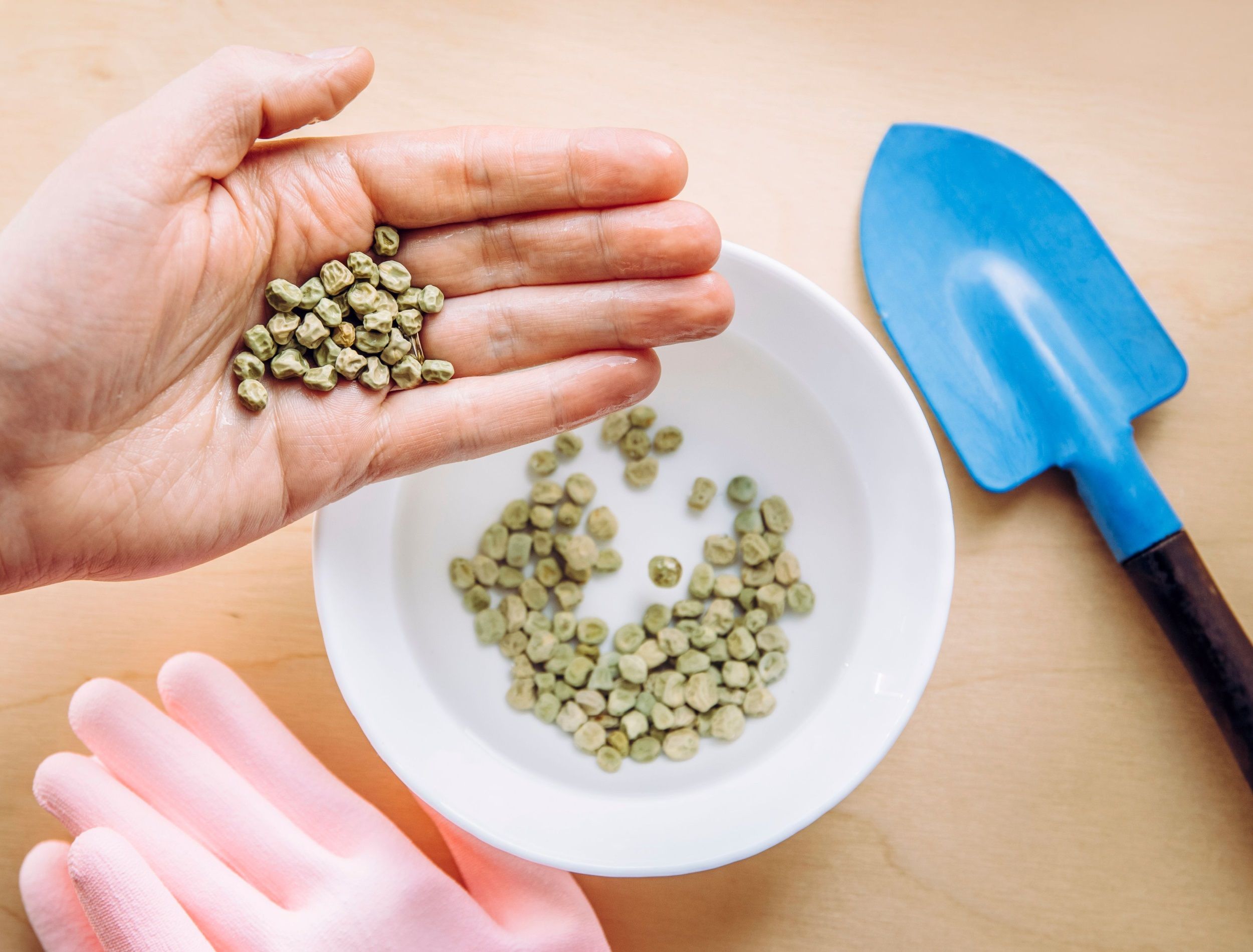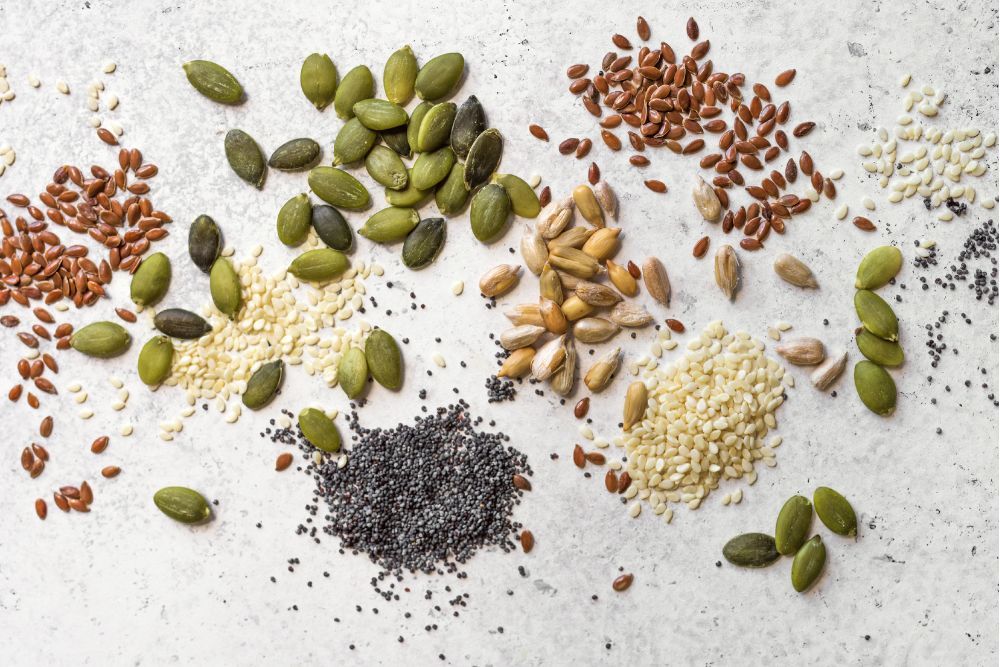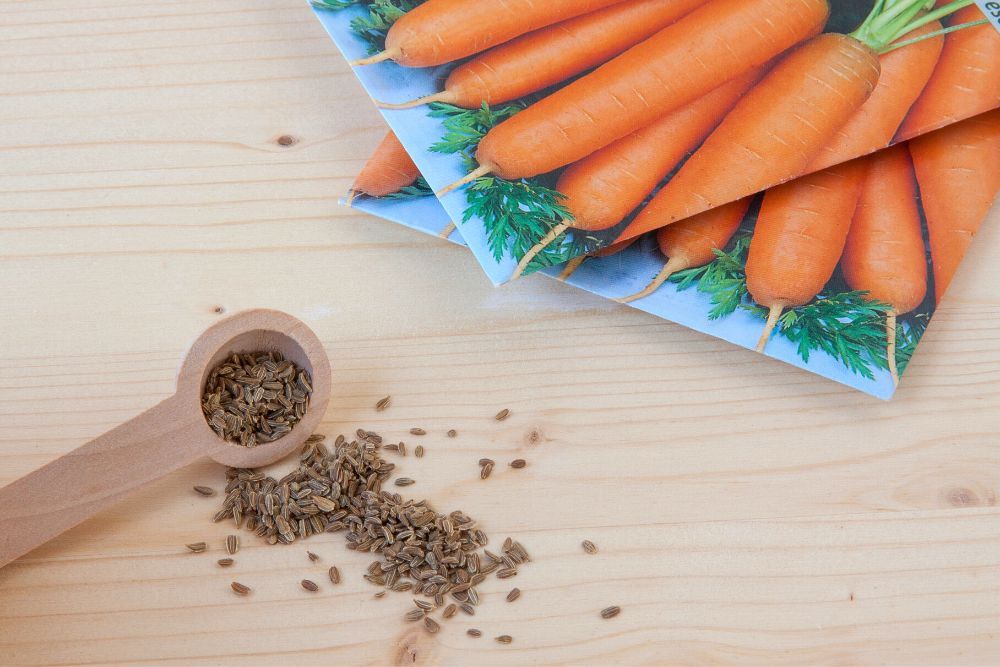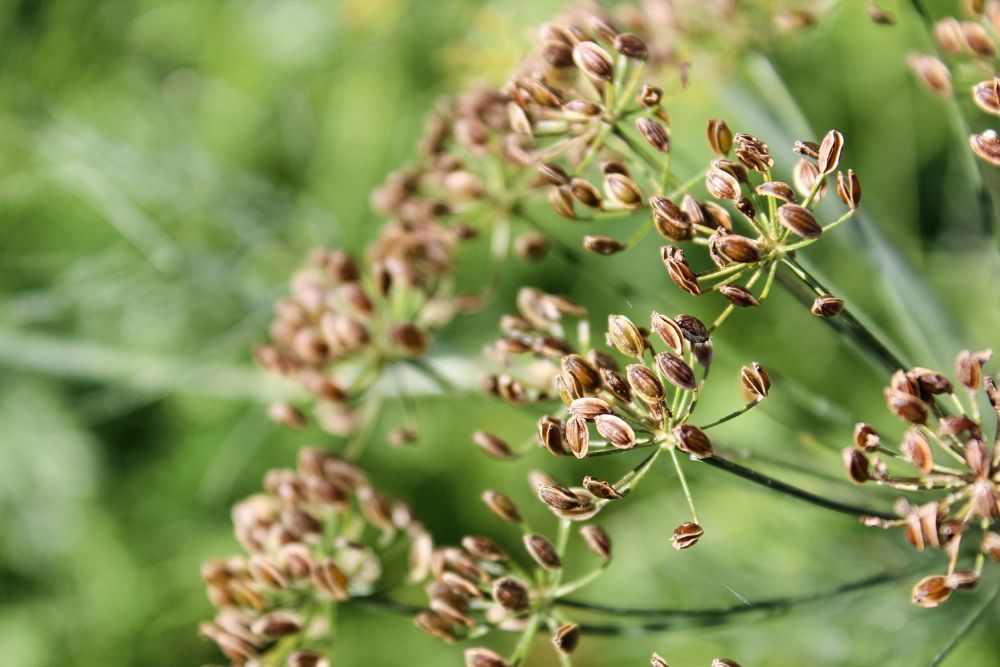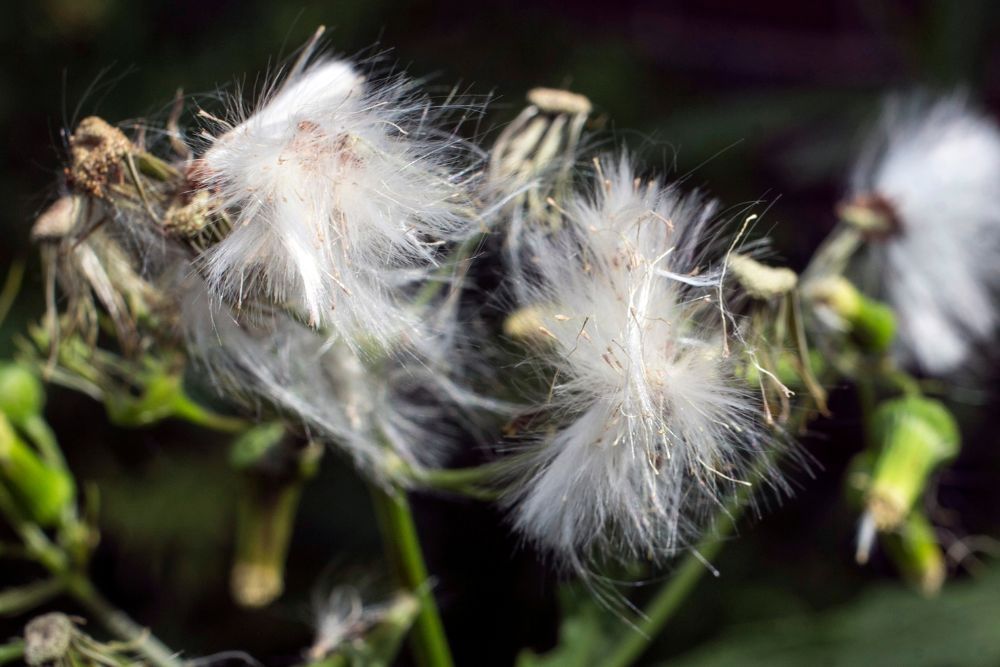Soaking your seeds before planting is an efficient way to encourage germination. The extra hydration invites the seed to wake up from its dormant period and start developing. However, it’s important to note that not all seeds will benefit from being soaked. Keep reading to learn about 15 seeds that you should not soak before planting!
To Soak or Not to Soak
Image credits: Mizina via Canva
If you’re wondering why some seeds like a good soaking while others do not, it’s because of the type of outer shell they have. Seeds that are large in size with thick and hard outer coats will appreciate some extra support breaking out of their shells once in the ground. Soaking these types of seeds before planting them, helps soften their hard exteriors so they can easily open up their nutrient-dense centers to successfully germinate.
Seeds that are small and delicate on the other hand, won’t benefit from soaking in the same way. This is because putting them in water will likely cause them to clump together, making them tough to work with afterwards. Furthermore, excessive amounts of moisture will drown them. Instead, you can rub small seeds with sandpaper to achieve the same effect.
Vegetables, herbs, and flowers come in all sorts of seed varieties. As you prepare for the planting season ahead, it’s a good idea to organize which seeds will be going straight into your garden bed and which will be moved to a glass or jar of water first. If you’ve got a large seed collection and are looking for some extra guidance with this, keep reading to find out which seeds you should not soak before planting!
Vegetables
Image credits: Antonia Lorenzo via Canva
Leafy greens and certain root vegetables are ideal candidates for being planted straight into your garden bed without being soaked first. This is because they have small and delicate seeds that don’t require extra force to jumpstart their germination.
By soaking these tiny types of veggie seeds before planting, you run the risk of having them drown, rot, or even start fermenting! Though fermented seeds can be used for planting, they aren’t ideal if you’re looking to use your seeds right away since this process takes up to a week to complete.
Additionally, some root veggie seeds will appear wrinkly, indicating sensitivity to moisture based on previous exposure. More specifically, wrinkly vegetable seeds are simply dehydrated and will have no issue swelling up again once exposed to moist soil conditions. Therefore, these types of veggie seeds won’t need to be soaked before planting. Here are five to keep in mind!
1. Tomatoes
Tomato seeds appear as delicate flakes, which are soft yellow in color, and round in shape.
2. Radishes
Seeds from a radish are small, round, and red, just like the vegetable they grow into.
3. Lettuce
Lettuce seeds are pale yellow in color and elongated in shape. They almost resemble a dried individual lettuce leaf.
4. Cauliflower
Cauliflower seeds are dark brown or black in color and come in a rounded shape.
5. Turnips
Turnip seeds are round in shape and dark red, brown, or black in color.
Herbs
Image credits: akchamczuk via Canva
Though they may have a strong scent and flavor, herbs are delicate and small plants, and so are their seeds. Most herbs have pill-shaped seeds that tend to curl up as a way to conserve any moisture within them. However, too much moisture is also not great for these seeds.
Just like vegetables, soaking herb seeds in water can lead to them drowning, rotting, or fermenting. It may also cause them to clump so tightly together that they suffocate, lose viability, and are simply no longer useful. To prevent this from happening, make sure these five herb seeds go straight to the soil when it comes time to plant them!
1. Dill
Dill seeds are flat, and tear shaped. As they develop in clusters on dill plants, they often attract swallowtail caterpillars! With dill you have the option to soak them, but it is in no means necessary.
2. Oregano
Oregano seeds are tiny in size, round in shape, and either brown or green in color.
3. Mint
Mint seeds are round and dark brown in color that develop on the ends of mint plant stems in elongated clusters.
4. Thyme
Thyme and mint are very similar in look and feel! However, thyme grows from round black and brown seeds.
5. Lemongrass
Lemongrass seeds appear feather or grass-like! They grow on stalks similarly shaped to wheat.
Flowers
Image credits: blightylad-infocus via Canva
There are many wildflower varieties that are self-seeding. This means they develop large clumps of seeds that are so fragile, they will easily be dispersed with just a slight gust of wind. For this reason, soaking wildflower seeds will instantly drown them. Here are five wildflowers that you don't need to soak prior to planting.
1. Orchids
Orchids are the tiniest seeds in the world! This is because of an evolutionary trait that removed the development of a nutrient reserve inside of its shell. Instead, these seeds rely purely on their external environment to start germinating.
2. Verbena
Verbena seeds grow in clusters or pods. To extract their seeds, lay the pod out to dry and crack it open. The seeds will be light brown in color and pill-shaped.
3. Pansies
Pansy seeds look similar to sesame or flax, but can be distinguished by their dark brown color and rounder shape.
4. Daisies
Daisy seeds have an elongated shape that usually come in a yellow and brown striped pattern with small yellow nubs at their ends.
5. Petunias
Petunias have tiny ‘dwarf’ seeds, which are round in shape and black, brown, or yellow depending on the variety.
Keep These Seeds Dry
When it comes to soaking seeds before planting, just remember the size of the seed matters! Tiny seeds will not react well to water. Keep these 15 vegetable, herb, and wildflower seeds in mind as you prepare for the gardening season ahead.
Want to keep this list growing? Add any other seeds you shouldn’t soak in the comments below!

